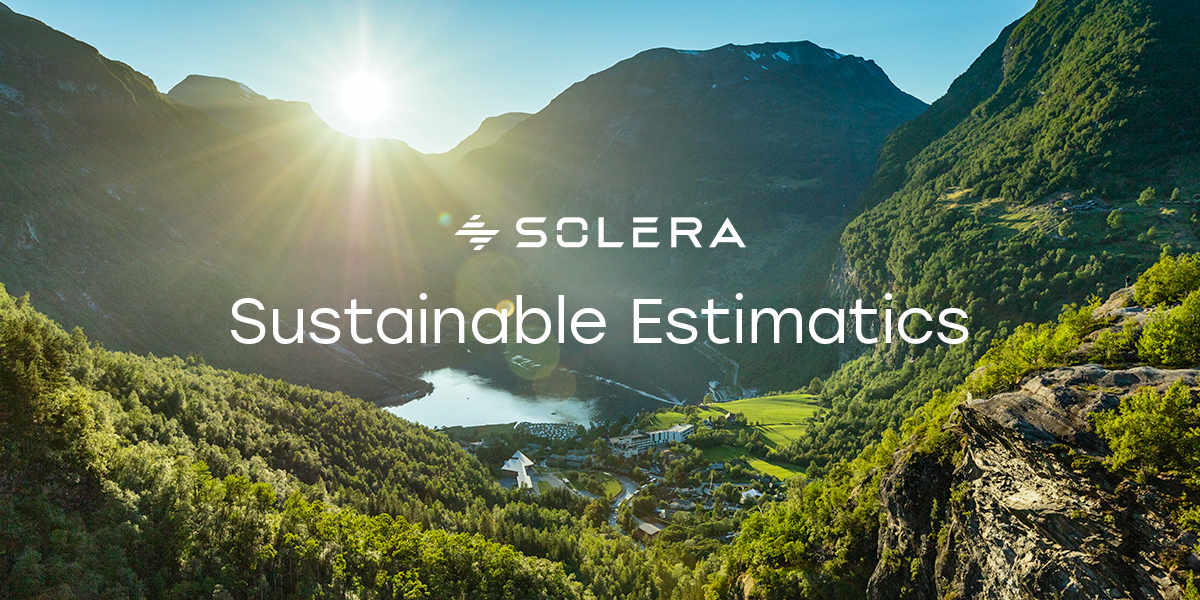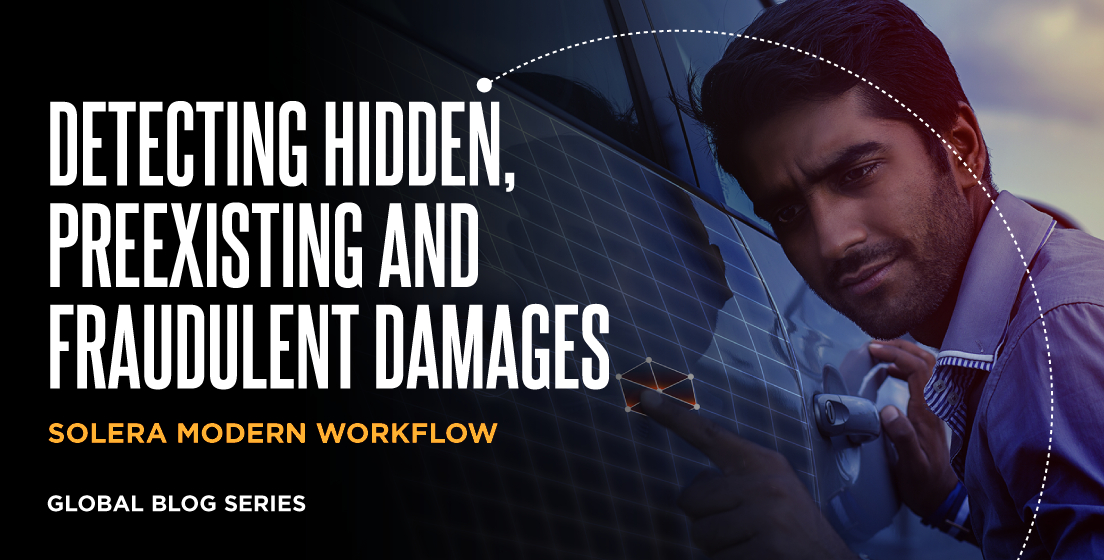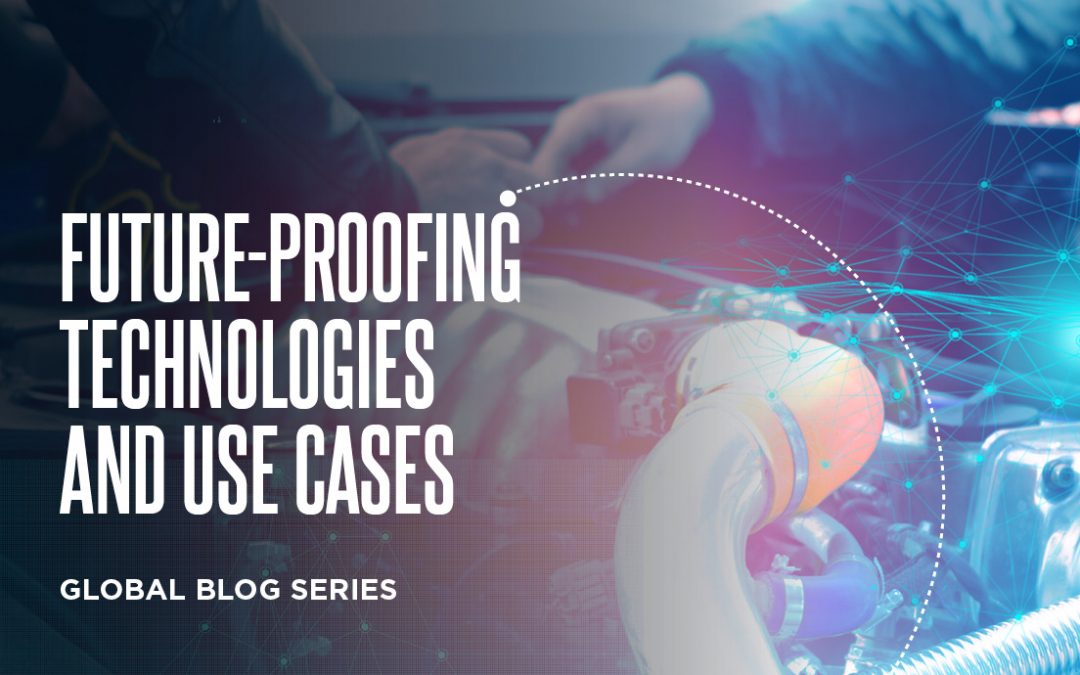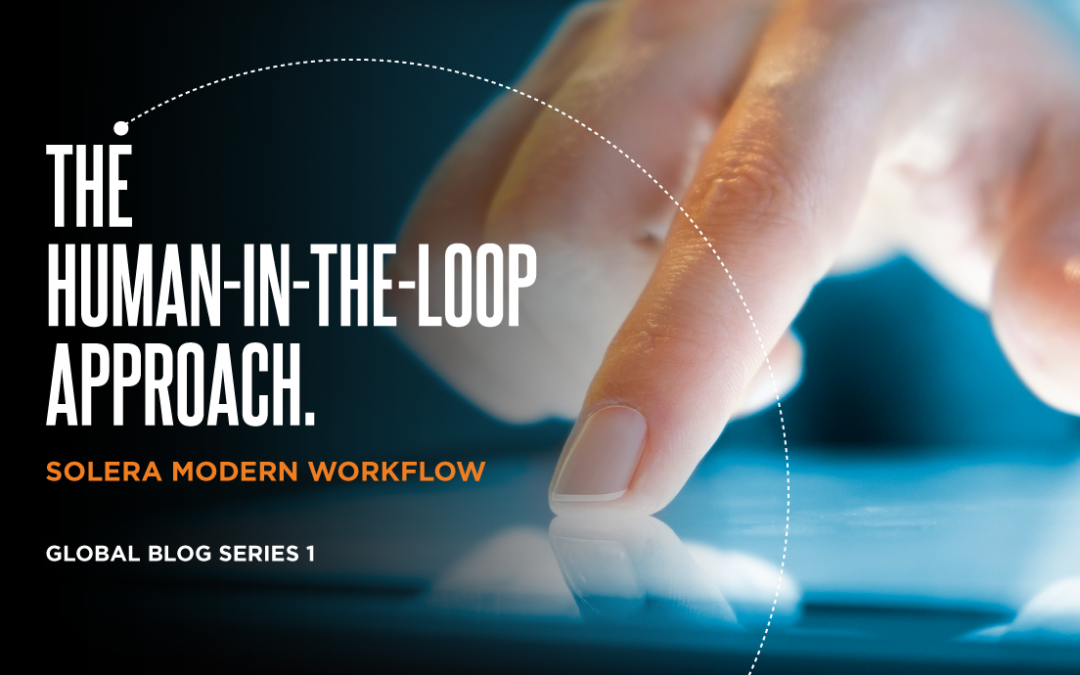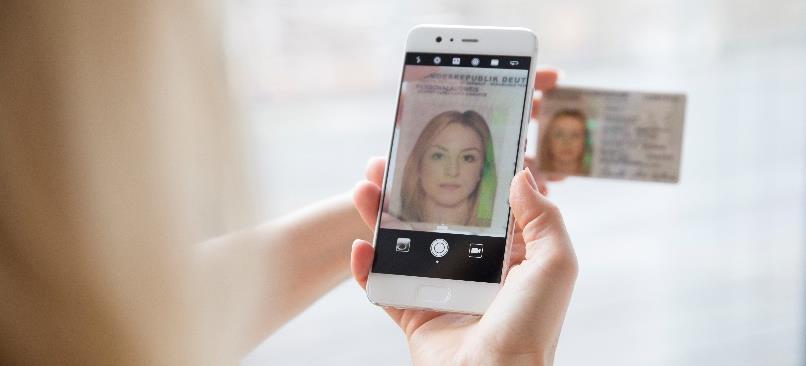- Global survey reveals 75% of drivers prepared to switch providers for a greener policy, while insurers struggle to meet demands and new regulation
- 14 leading insurers globally are committed to transition their insurance and reinsurance underwriting portfolios to net-zero greenhouse gas (GHG) emissions by 2050
- This comes amid APRA findings that Australian financial institutions’ monitoring of risk metrics, such as Scope 3 emissions, are becoming increasingly important for investors and other stakeholders
25th October 2023 – Solera, the global leader in vehicle lifecycle management and claims, has published findings from its survey of 10,000 drivers, including from Australia, showing that 75% would switch to insurers offering greener policies.
An additional worldwide survey of decision makers in the auto insurance industry reveals that providers are facing a storm of challenges, not only in meeting the sustainable demand but also managing new ESG regulations.
To tackle these challenges, Solera is introducing ‘Sustainable Estimatics’, an industry-first carbon tracking tool enabling insurers to track and offset the carbon emissions linked to the end-to-end customer’s claims process.
Chris Iacovou, Managing Director, Solera APAC, said: “With one of the world’s largest AI-powered claims databases, we’re excited to introduce ‘Sustainable Estimatics’ to the Australian market. This innovative tool is designed to address the urgent sustainability demands facing insurers, not merely as a compliance checkbox but as a way to help them provide customers with more competitive, green premiums.”
Multiple challenges for insurers
Research has shown that a resounding 99% of insurers recognise that prioritising sustainability metrics is important, yet they face numerous challenges implementing this.
Specifically, a third (33%) identify high costs as a barrier to their sustainability efforts, while 29% express worries about their efforts being viewed as greenwashing. Additionally, 20% report a lack of senior management commitment to emissions reduction.
Data is a significant aspect of the sustainability challenges facing insurers – in terms of access to it, and the skills to use it effectively.
Nearly a quarter of insurers (22%) struggle with limited access to vehicle claims emissions data, while 27% face data silo challenges. Similarly, 23% lack the necessary analytics skills to make informed decisions regarding their claims data and sustainability.
Jing Liao, Executive Chairman Solera ESG Committee at Solera, said:“The insurance and automotive sectors are witnessing a significant surge in demand for eco-friendly practices. Insurers are increasingly acknowledging this trend, but, good intentions alone won’t suffice.”
“Our research reveals data is an obstacle to moving forward with sustainability efforts. In short, reducing your carbon emissions won’t be possible if you don’t understand them in the first place. It’s clear Insurance providers worldwide need effective solutions for better claims data management and emissions reduction.
Enabling Insurers monitor Scope 3 emissions
One of the most challenging sustainability metrics to monitor is Scope 3 emissions. This includes indirect emissions occurring in the organisation’s value chain – for example, those produced by policyholders’ vehicle repairs.
Research reveals that little over half (53%) of auto insurers worldwide currently measure scope three emissions.
Iacovou, emphasised, “One of the ‘Sustainable Estimatics’ standout features is its ability to effectively address scope 3 emissions, which are notoriously hard to measure. By assisting insurers in measuring and mitigating these emissions, ‘Sustainable Estimatics’ is helping create a greener future.”
Ian Thompson Group Chief Claims Officer, Zurich Insurance in support of Solera’s research says: The ability to measure the CO2 impact of any claims settlement will be an essential requirement for companies moving forwards. Being truly sustainable is one of the key drivers behind Zurich’s claims management globally. We don’t just settle claims – we do it with a sustainable mindset, ensuring that our customers recover in a way that protects the environment and builds resilience for the future, but also that our supply partners adhere to the same sustainability goals.
Insurers significantly underprepared for new sustainability regulation
Sustainability is now a required regulation for businesses, evidenced by the EU Corporate Sustainability Reporting Directive (CSRD) taking effect in the 2024 financial year. CSRD applies to large companies in Europe, including Australian based businesses listed on EU-regulated markets, requiring them to report on the environmental and social impact of their corporate activities, including audit obligations.
The answers from the insurers of countries in our report, show that despite the fact that CSRD regulations are in to be in place soon in Europe, six in ten (61%) don’t consider their business to be “very well prepared” for them.
On the global sustainability reporting front, Asia-Pacific’s leading 100 companies are setting the standard, with 89% of them disclosing information, marking a 40% increase compared to a decade ago.
An industry first tool to support
To address the demands and challenges faced by insurers, Solera is introducing an industry-first product, ‘Sustainable Estimatics.’ This tool enables insurers to measure and use data to reduce the carbon emissions (CO2e) tied to their complete auto claims process, with a primary focus on scope 3 emissions, which are the hardest to measure. It features a unique algorithm developed by Solera, standardising the measurement of CO2e emissions throughout the entire lifecycle of auto claims.
In practice, this tool assesses CO2 emissions and provides insurers with valuable insights for their carbon footprint reduction initiatives. For example, it allows insurers to compare the CO2 emissions associated with repairing car parts versus replacing them, enabling well-informed decision-making.
Solera has also achieved ISO 14064 for auto claims, further validating the methodology and technology used to secure verified carbon emissions data and supporting efforts to mitigate or offset emissions.‘Sustainable Estimatics’ is the pinnacle of Solera’s data driven innovation and leadership in claims. But there are other solutions and services in our portfolio connected to sustainability which allow businesses to make greener decisions. For example, Solera promotes the use of eco-friendly parts, encourages repairs over replacements, and reduces unnecessary displacements through our visual AI tools and various fleet and repairs solutions.
Notes to editors
- Solera commissioned independent market research company, Censuswide, to survey a nationally representative sample of 10,053 drivers across the UK, France, Germany, Spain and Australia between 25th August and 1st September 2023.
- Solera commissioned a second piece of with independent market research company, Censuswide, to survey a nationally representative sample of 510 claims directors, claims managers, VP claims with over 100K claims per year across the UK, France, Germany, Spain and Australia between 25th August and 1st September 2023
Solera Communications Contact

